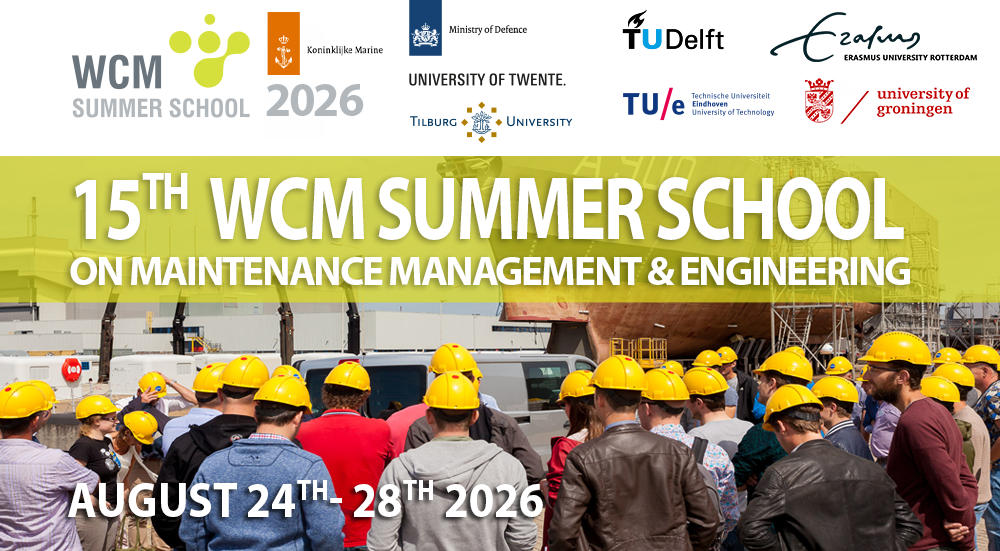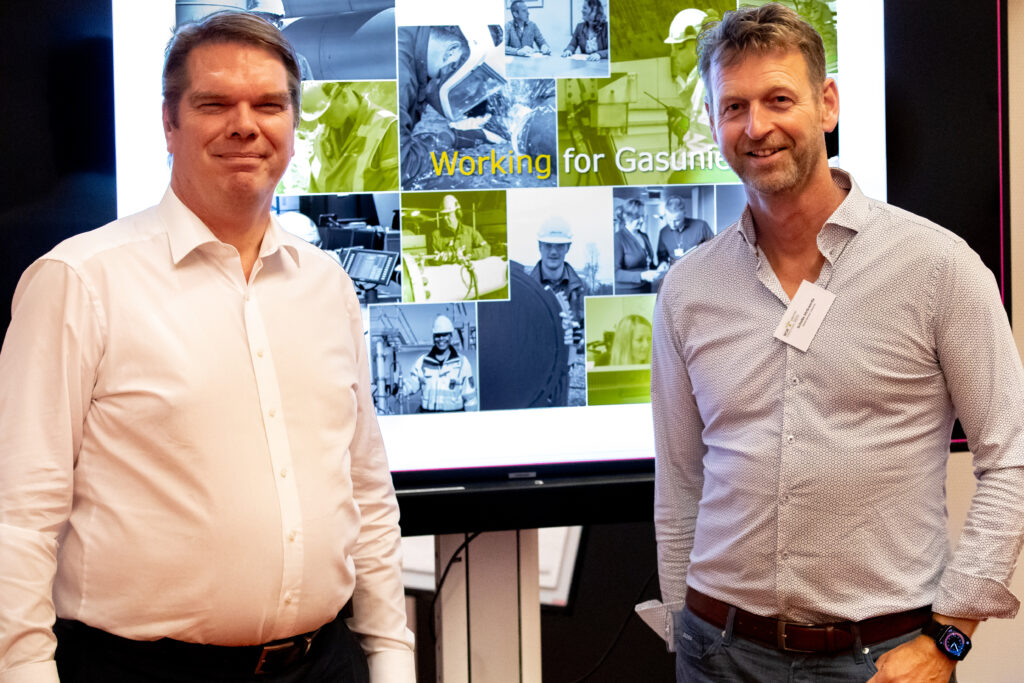Are you a young professional (within 10 years after graduation) or technical Master/PhD student or, with a special interest in Maintenance Management & Engineering, then apply to the 13th edition (before June 14th) of our WCM Summer School 2024 (July 29th – August 2nd, 2024) and challenge yourself in our exciting program.

“Challenge yourself in our multi-disciplinary Summer School on Maintenance Management & Engineering. Satisfy intellectual curiosity, gain new professional skills in the area of Maintenance and extend your professional network by joining the WCM Summer School″ (prof. dr. H. Akkermans, and director World Class Maintenance)
Please click here for a short movie about the WCM Summer School (Dutch)
Continue reading

